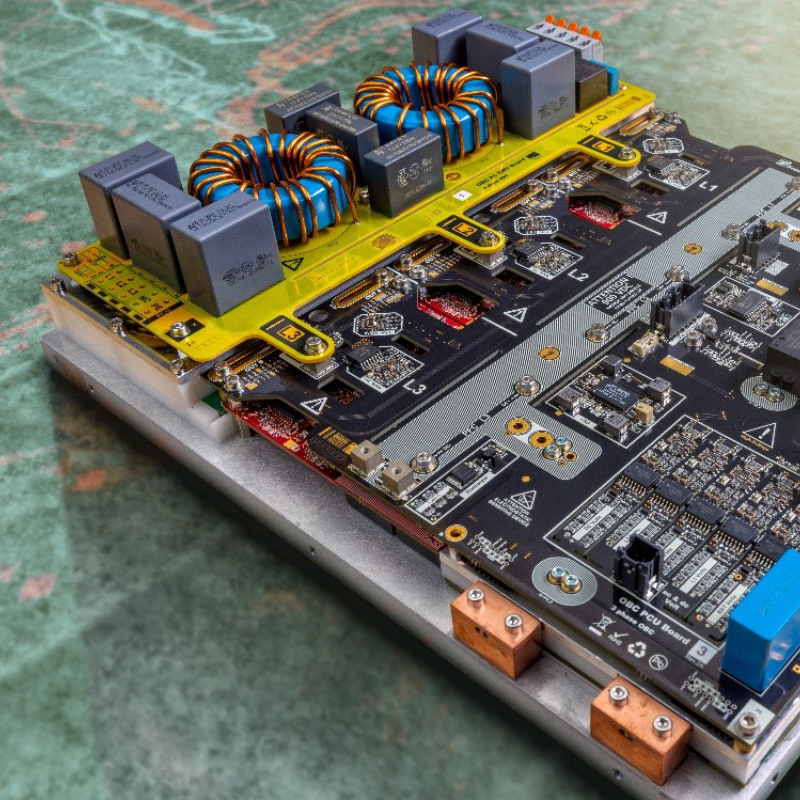Our research group specializes in two key areas of power electronics: power electronic packaging and EMC. The know-how generated by combining these two areas in one group allows us to provide a broad range of services.
Developing innovative approaches to the packaging of power electronic systems is an ongoing priority. We help our customers develop and implement cutting-edge designs for sophisticated applications in industries such as aeronautics and automotive technology. Our group collaborates closely with other Fraunhofer IZM departments in this area.
A current hot topic is electromagnetic interference in hybrid and electric vehicles, along with the development of design tools for comprehensive electromagnetic, electrical and thermal modeling of power inverters. We quantify electrical interference using measurement instruments and simulation.
 Fraunhofer Institute for Reliability and Microintegration IZM
Fraunhofer Institute for Reliability and Microintegration IZM





















